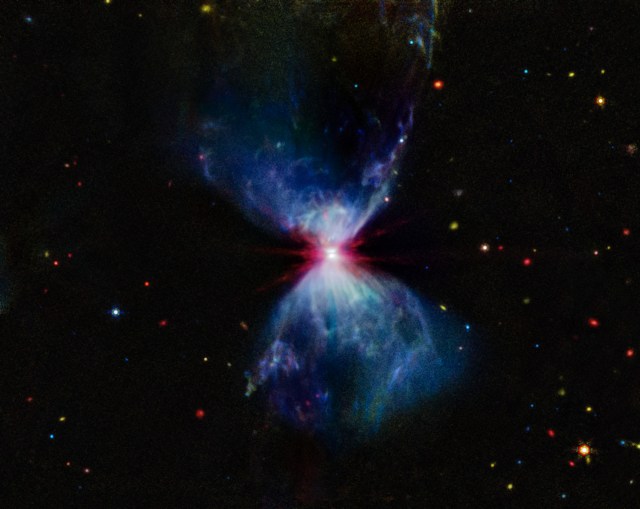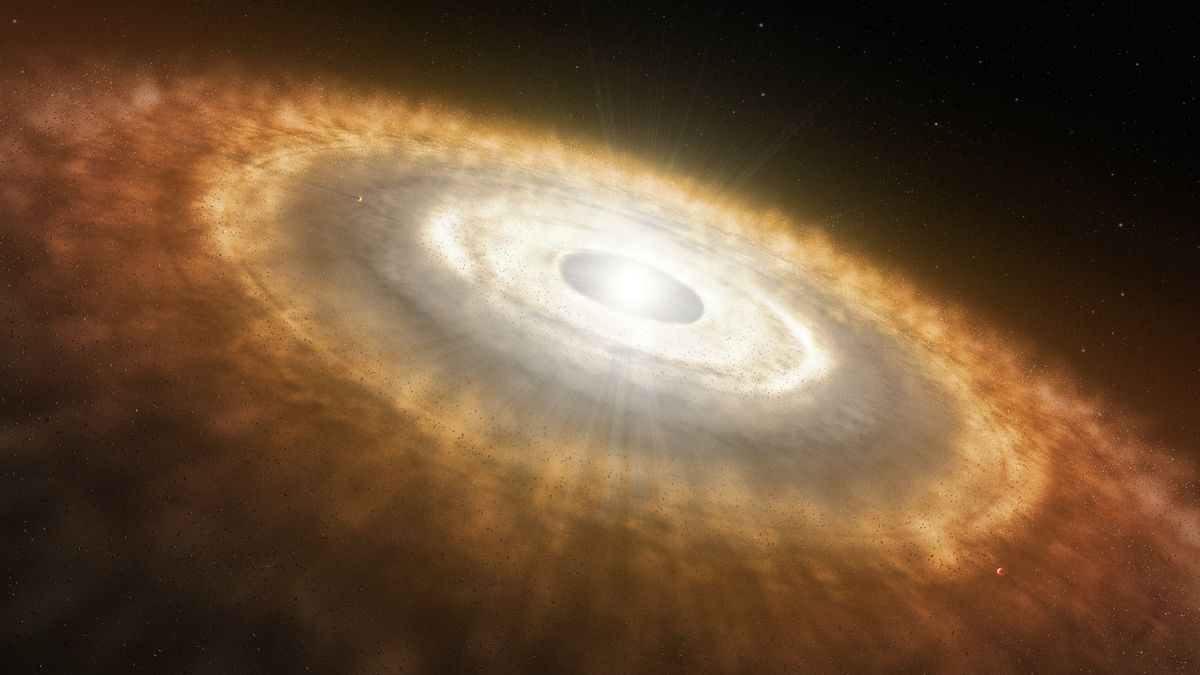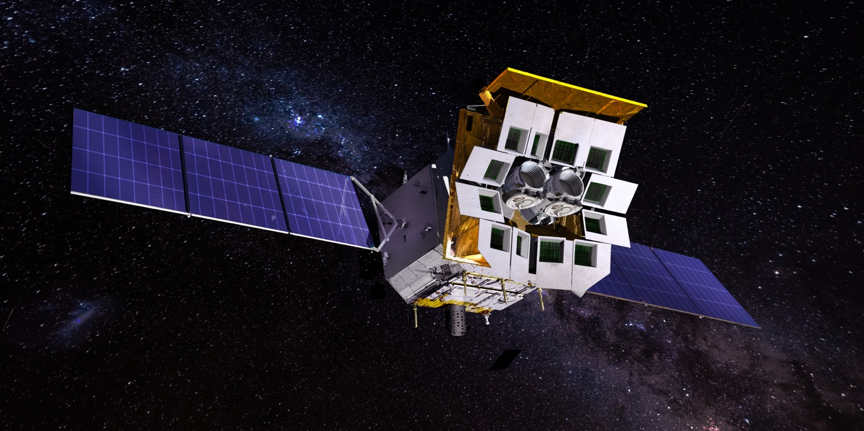Sky & Telescope Magazine
Sky & Telescope is a reputable source of information on the latest developments in the field of astronomy. The publication covers all aspects of astronomy, from scientific discoveries to what's in the sky tonight and equipment reviews. The content is written by expert professional and amateur astronomers and award-winning science writers who share a passion for understanding our universe. Sky & Telescope has a nonprofit mission to share and enhance humanity's understanding of the cosmos as part of the American Astronomical Society.
84%
The Daily's Verdict
This news site has a mixed reputation for journalistic standards. It is advisable to fact-check, scrutinize for bias, and check for conflicts of interest before relying on its reporting.
Bias
95%
Examples:
- At least a third magnitude's worth
- Betelgeuse faded about 1.2 magnitudes (60 percent) in 2019
Conflicts of Interest
75%
Examples:
- The author fails to disclose any potential conflicts of interest.
Contradictions
95%
Examples:
- NASA's NuSTAR and India's XPoSat are mentioned without any context or comparison with Einstein Probe.
- The article claims that Betelgeuse is currently the faintest it has been in two years, when in fact it has only lost about half of its brightness.
- The author claims that China's Einstein Probe is an X-ray astronomy mission but only mentions two instruments.
Deceptions
80%
Examples:
- The article claims that Betelgeuse is currently the faintest it has been in two years, when in fact it has only lost about half of its brightness.
- The author claims that China's Einstein Probe is an X-ray astronomy mission but only mentions two instruments.
Recent Articles

NASA's James Webb Space Telescope Reveals Spectacular Celestial Fireworks in Star-Forming Regions
Broke On: Tuesday, 02 July 2024
New Data Reveals Massive Asteroid Collision in Beta Pictoris Star System
Broke On: Monday, 10 June 2024
Six Planets Align in the Sky: A Guide to Viewing Mars, Saturn, and More
Broke On: Saturday, 01 June 2024
NASA's Lucy Spacecraft Reveals Complex Structure of Asteroid Dinkinesh and its Satellite Selam
Broke On: Wednesday, 01 November 2023
Witness the Spectacular Eta Aquarid Meteor Shower: Up to 60 Shooting Stars per Hour
Broke On: Friday, 03 May 2024
Betelgeuse's Great Dimming Event: A Closer Look at the Boiling Surface and Rotational Speed of a Red Supergiant Star
Broke On: Monday, 18 March 2024